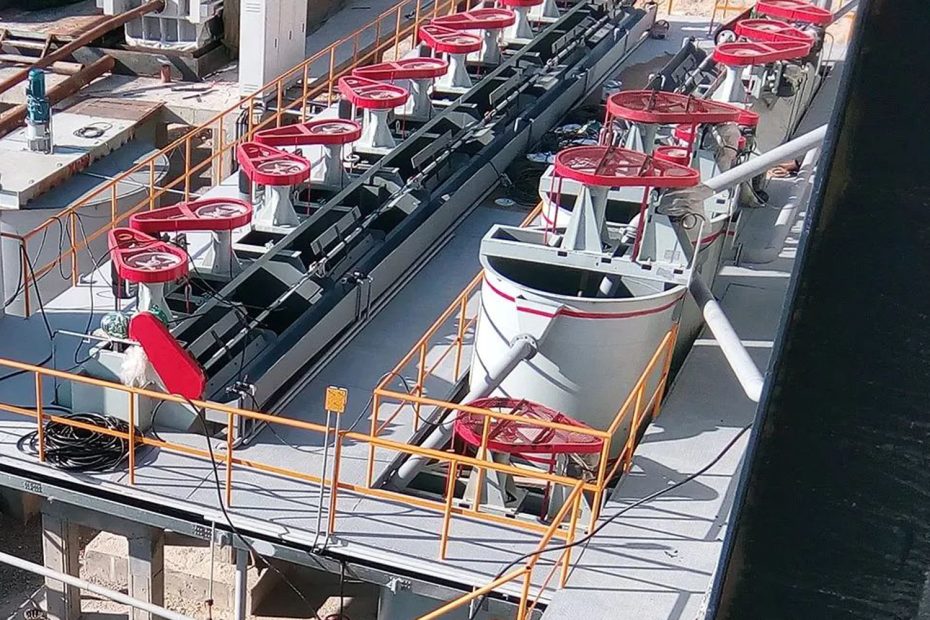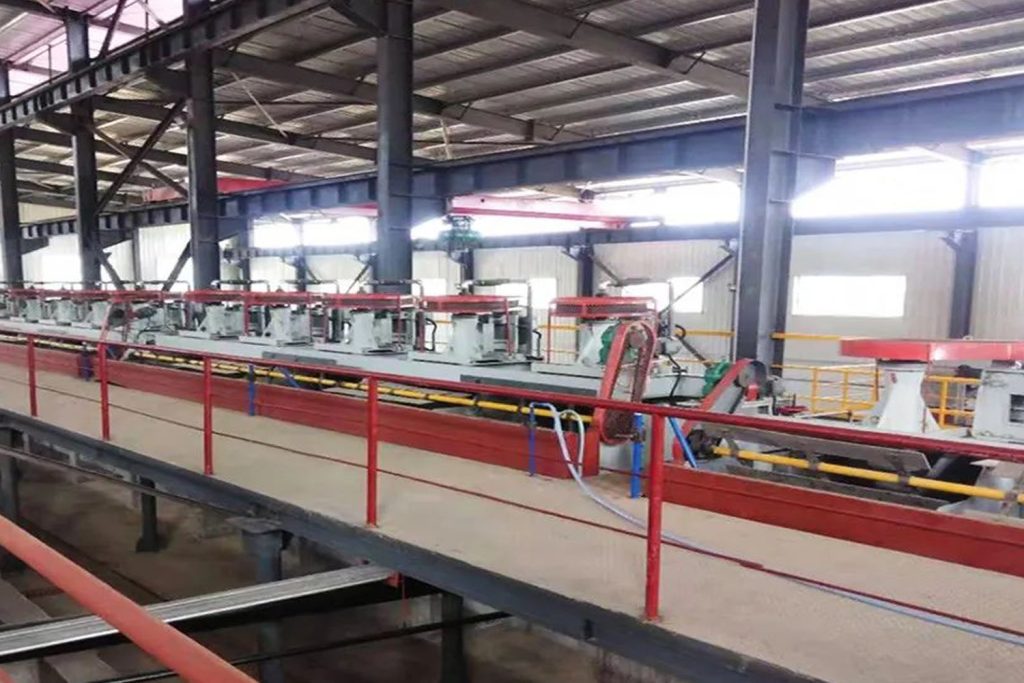Tungsten, a hard and dense metal, plays a crucial role in various industrial applications due to its unique properties. To extract tungsten from its ores and maximize its utilization, gravity concentration and mineral processing techniques are employed. From understanding the ore characteristics to the selection of appropriate equipment, mastering these key points is vital for successful tungsten extraction and processing.
Understanding Tungsten Ores
- Ore Types: Tungsten ores can be classified into primary ores (scheelite and wolframite) and secondary ores (ferberite and huebnerite). Each ore type has distinct characteristics that influence the choice of processing methods.
- Ore Composition: Tungsten ores may contain various associated minerals such as quartz, calcite, fluorite, and sulfides. Comprehending the ore composition is essential in designing efficient Mineral Processing.
- Ore Grades: Tungsten ore grades can vary significantly, affecting the feasibility and economics of extraction and processing.
Tungsten Gravity Concentration Techniques
- Jigging: Jigging is a common gravity concentration method that utilizes the pulsating motion of water to separate dense tungsten particles from lighter gangue minerals.
- Shaking Table: Shaking tables are effective in separating tungsten minerals based on their specific gravity and particle size distribution.
- Spiral Concentrators: Spiral concentrators use gravity and centrifugal force to separate tungsten particles based on their density and size.
- Centrifugal Concentrators: Centrifugal concentrators, such as the Knelson and Falcon concentrators, are widely used in tungsten gravity concentration due to their high efficiency.
Mineral Processing Techniques for Tungsten Ores
- Flotation: Flotation is commonly used to separate tungsten sulfide minerals from other associated sulfide minerals, producing a tungsten concentrate.
- Roasting and Leaching: Roasting tungsten ores followed by acid or alkali leaching is employed to remove impurities and increase the tungsten concentration in the leach solution.
- Hydrometallurgical Processing: Hydrometallurgical techniques, including solvent extraction and precipitation, are used to refine tungsten from leach solutions and produce high-purity tungsten compounds.
Top 5 Equipment Selection for Tungsten Processing
- Crushers: Crushers are used to reduce the size of tungsten ores for further processing.
- Ball Mills: Ball mills grind the crushed ore to a fine particle size, facilitating subsequent separation processes.
- Magnetic Separators: Magnetic separators are utilized to remove magnetic minerals from tungsten ores.
- Thickening and Filtration Equipment: Thickening and filtration equipment help in dewatering and concentrate recovery.
- Smelting Furnaces: Smelting furnaces are used to convert tungsten concentrates into tungsten metal or intermediate products.
Environmental Considerations in Tungsten Processing
- Tailings Management: Proper tailings management is crucial to minimize environmental impacts and potential hazards.
- Water Management: Sustainable water management practices ensure efficient use and recycling of water in tungsten processing.
- Dust and Emission Control: Implementing dust and emission control measures is essential to reduce air pollution.
Successful Tungsten Processing Projects
| Project Name | Location | Processing Method | Ore Type | Production Capacity (tons/year) |
|---|---|---|---|---|
| XYZ Tungsten Mine | Country A | Gravity Concentration | Scheelite | 2,500 |
| ABC Tungsten Plant | Country B | Flotation | Wolframite | 5,000 |
| DEF Tungsten Mill | Country C | Roasting and Leaching | Ferberite | 3,000 |
Conclusion
Mastering the knowledge points of tungsten gravity concentration and mineral processing is crucial for efficient and successful tungsten extraction and utilization. Understanding the ore characteristics, selecting appropriate gravity concentration and mineral processing techniques, and employing suitable equipment are all essential elements in the tungsten processing journey.
Additionally, adhering to environmentally responsible practices ensures sustainable tungsten production for various industrial applications. By harnessing this knowledge, the tungsten industry can continue to thrive, delivering high-quality tungsten products to meet the demands of modern industries.

